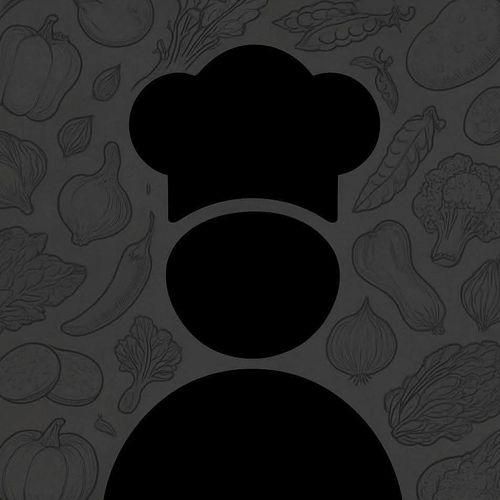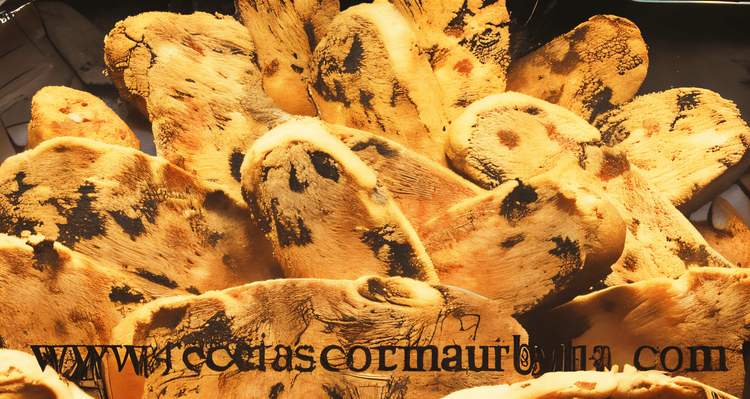Bake The Perfect Loaf
Discover a delightful collection of bread recipes that will fill your kitchen with warmth and irresistible aromas. From soft and fluffy to crusty and artisanal, these recipes are perfect for home cooks and food lovers eager to master the art of bread-making. Whether you're a beginner or a seasoned baker, this guide is packed with helpful tips and techniques to ensure every loaf is a success!
FAQS
What are the best tips for baking soft and fluffy bread?
To bake soft and fluffy bread, use bread flour for better gluten development, knead the dough thoroughly, and allow it to rise in a warm, draft-free environment. Adding a bit of milk or butter can also enhance softness.
How can I make my homemade bread crusty like artisanal loaves?
For a crusty loaf, bake your bread in a preheated oven with steam. Place a pan of water in the oven or spritz water on the dough during the first 10 minutes of baking. Using a Dutch oven also helps retain steam for a perfect crust.
What is the best flour to use for bread-making?
Bread flour is ideal for most bread recipes due to its high protein content, which creates better gluten structure. For softer breads, you can mix bread flour with all-purpose flour.
How do I know when my bread dough is properly kneaded?
Properly kneaded dough should be smooth and elastic. You can test it by performing the 'windowpane test': stretch a small piece of dough between your fingers—if it forms a thin, translucent sheet without tearing, it's ready.
Why does my bread not rise properly during proofing?
Bread may not rise properly if the yeast is expired, the dough is too cold, or the environment is too dry. Ensure your yeast is active, and proof the dough in a warm, humid spot for the best results.
Can I freeze bread dough for later use?
Yes, you can freeze bread dough after the first rise. Shape it into loaves or rolls, wrap tightly, and freeze. Thaw in the fridge overnight, then let it come to room temperature and rise before baking.
What are some common mistakes to avoid when baking bread at home?
Avoid over-kneading or under-kneading the dough, using water that's too hot for yeast, and skipping the proper proofing time. Measuring ingredients accurately and preheating your oven are also crucial for success.



























